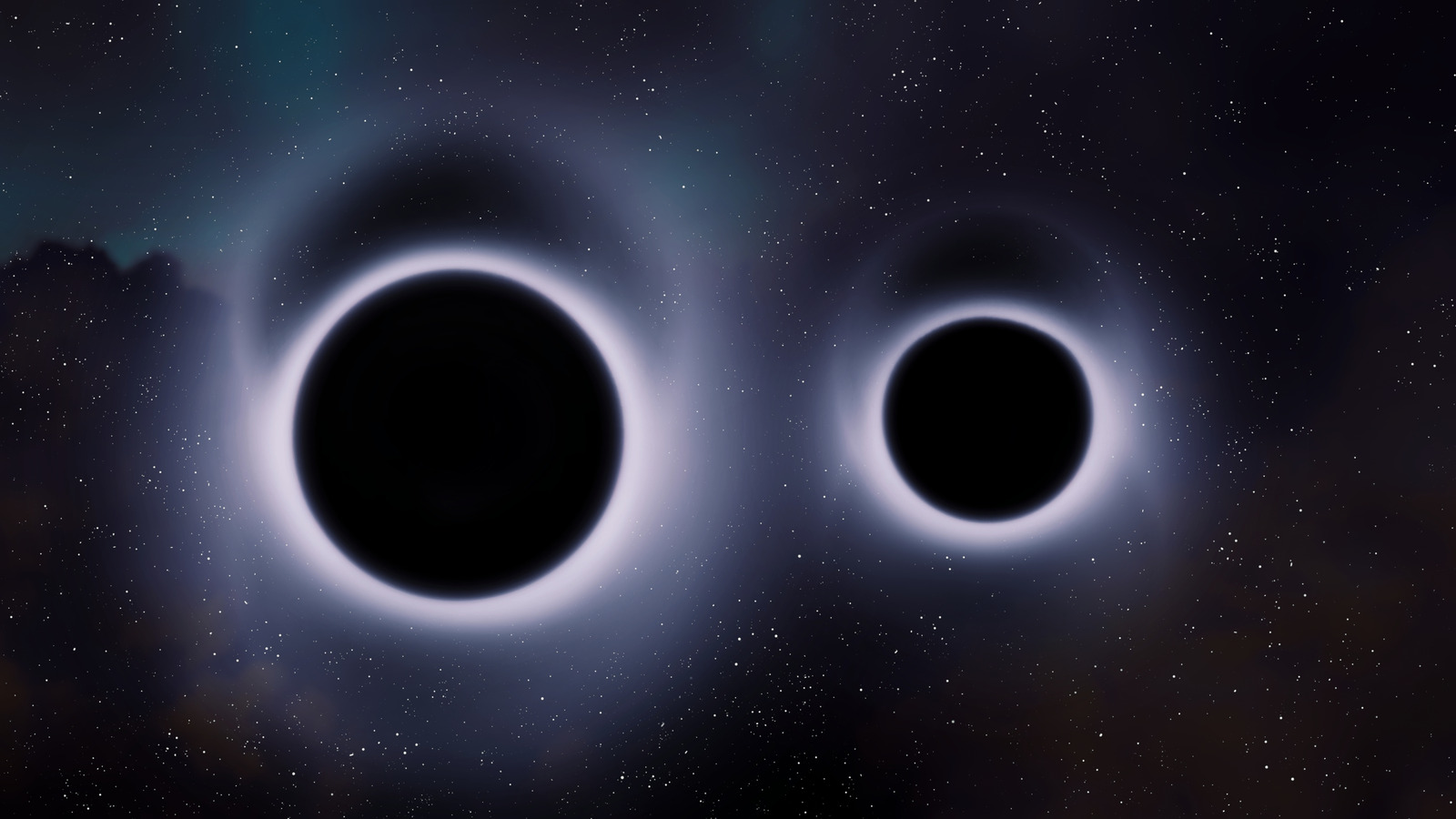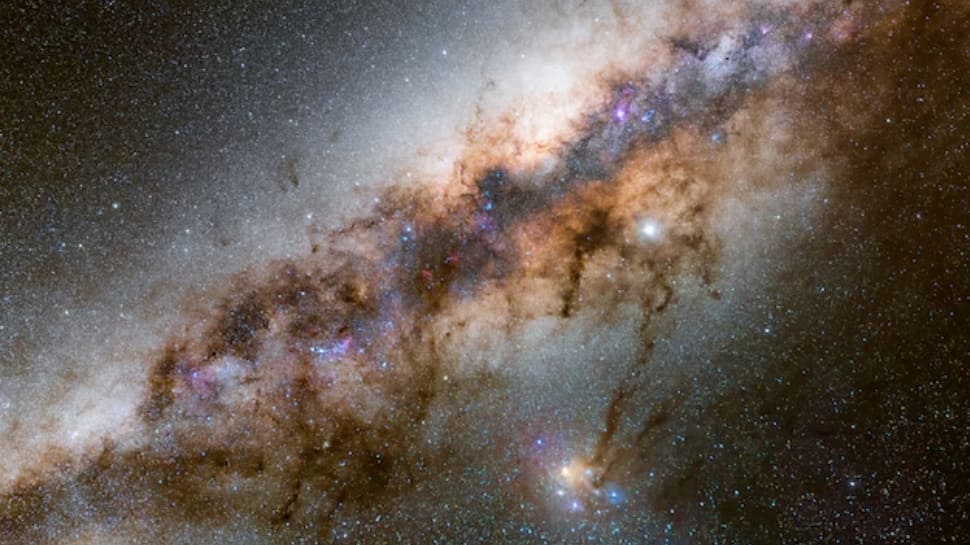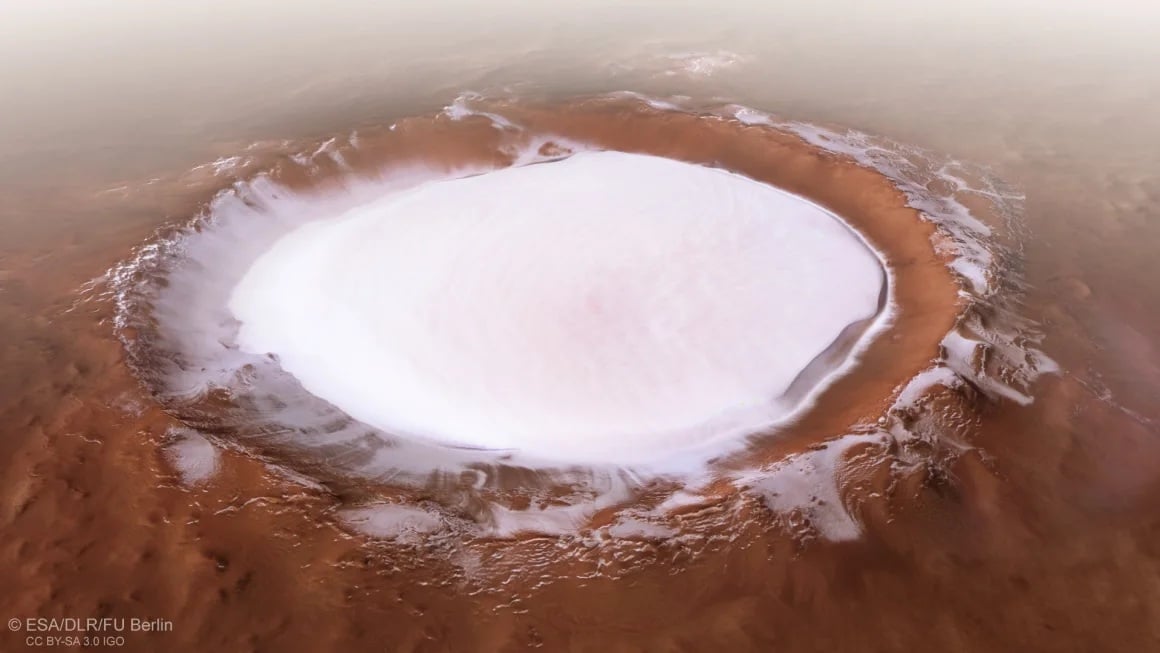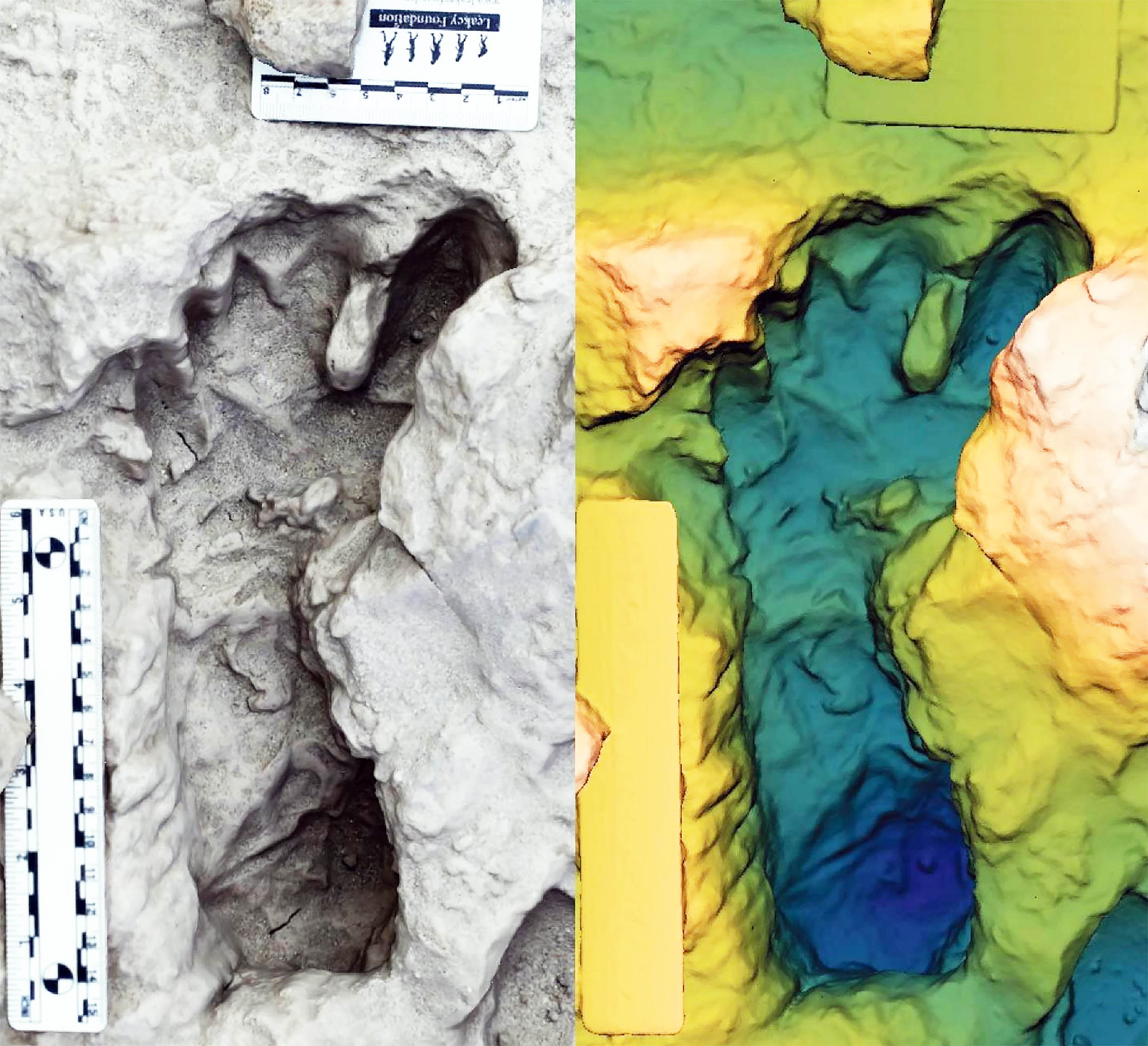Unveiling Earth's Deepest Mystery: The Gravity Hole Beneath the Indian Ocean!

Deep beneath the waves of the Indian Ocean lies a captivating enigma that scientists have grappled with for over seventy years—the Indian Ocean Geoid Low (IOGL). This astonishing ‘gravity hole’ is not just any dip; it is the largest of its kind on Earth, plunging a staggering 330 feet below the global average. The question is, what secrets are buried in this oceanic abyss?
This geological marvel, situated south of India, serves as a stark contradiction to our understanding of gravity. To grasp why this anomaly is so significant, we need to delve into what a geoid actually is. Essentially, the geoid represents the ocean's surface as influenced by gravity—a model of how Earth's oceans would appear under perfect gravitational conditions. So, why does the IOGL dip so dramatically below this average level?
Interestingly, the seafloor itself reveals little evidence of tectonic activity or dramatic geological scars that typically accompany such anomalies. This raises an intriguing question: what is causing this notable gravitational depression? To uncover the truth, scientists, armed with advanced technology, turned their gaze deeper beneath the ocean's surface.
Fast forward to 2023, when a groundbreaking study from the Indian Institute of Science (IISc) made significant strides in solving this mystery. By employing cutting-edge computer simulations, the researchers explored mantle dynamics spanning 140 million years, revealing how ancient oceanic slabs have sunk into the mantle and how hot, buoyant plumes of lighter material rise in their place. This study offers a compelling explanation for the gravity anomaly observed at the surface.
The findings suggest that these rising plumes imprint their buoyancy onto the gravity field, thereby creating the distinctive dip in the geoid. This connection to Earth’s internal movements deepens our understanding of gravity anomalies like the IOGL, steering the focus away from superficial features such as earthquakes or volcanoes.
What’s particularly fascinating is that these plumes began their ascent approximately 20 million years ago, coinciding with the collision of the Indian and Eurasian tectonic plates. This gradual process of mantle dynamics has been shaping the geoid we observe today, illustrating the long-term evolution of Earth’s interior.
To fully comprehend the forces at play, it’s crucial to turn our attention to Earth’s deep interior, particularly the “large low-shear-velocity province” (LLSVP) beneath the African plate. This area is marked by lower density and higher temperatures—essentially a thermal anomaly in the mantle. As cold oceanic slabs from the ancient Tethys Ocean sunk into the mantle, they encountered this hot, buoyant region, triggering the formation of upwelling plumes that would eventually impact the Indian Ocean and create the gravity hole we see now.
While computer simulations illuminate some of the complexities of the IOGL, further research is essential. Seismic waves, which provide critical insight into Earth’s internal structure, are key to refining our understanding of mantle plumes and tectonic interactions. By enhancing seismic coverage in the Indian Ocean region, especially around the IOGL, scientists aim to better map the depth and shape of these mantle features. The integration of seismic data with gravity measurements will pave the way for a more accurate model of Earth’s internal dynamics and unveil more secrets hidden beneath the ocean's depths.


























